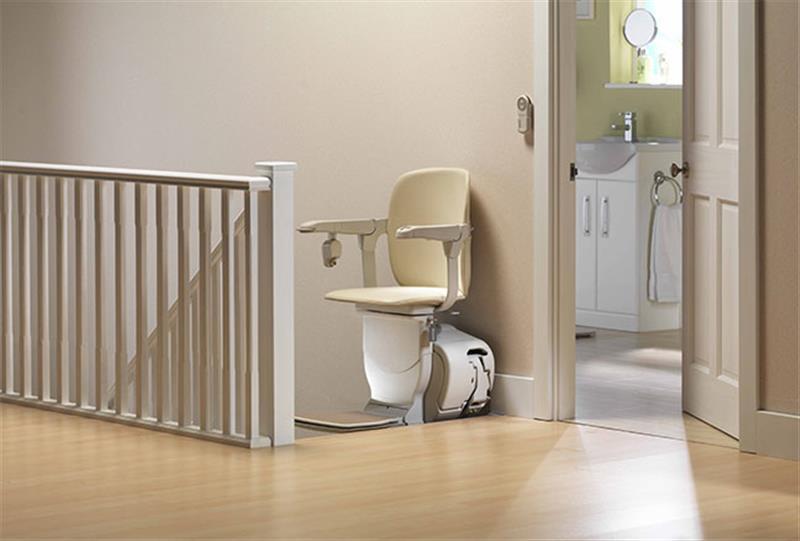
As we age or face mobility challenges, the ability to move safely and independently within our homes becomes increasingly important. Two popular solutions that help individuals maintain access to upper floors are stair lifts and home elevators. While both options serve similar purposes, they differ significantly in design, cost, installation, and user experience.
In this blog, we’ll break down the key differences between stair lifts and home elevators to help you decide which solution best suits your needs, lifestyle, and budget.
1. Understanding the Basics
-
Stair Lifts:
A stair lift is a motorized chair that runs along a rail mounted to your staircase. It's designed for individuals who can sit safely and need assistance traveling up and down stairs.
-
Home Elevators:
A home elevator is a cabin or platform that moves vertically between floors, typically installed within a shaft. Elevators are suitable for people with a wide range of mobility issues, including those who use wheelchairs or walkers.
2. Installation and Space Requirements
-
Stair Lifts:
Installation is relatively quick and minimally invasive, often completed in a single day. Stair lifts require no major structural changes, making them ideal for narrow or curved staircases.
-
Home Elevators:
Elevators require significant space and often involve structural modifications, including the addition of a hoistway or shaft. They take longer to install—ranging from several days to a few weeks.
3. Cost Comparison
-
Stair Lifts:
Typically range from $2,500 to $10,000, depending on whether the staircase is straight or curved. This makes them a more budget-friendly option for many homeowners.
-
Home Elevators:
Can cost anywhere between $20,000 and $50,000+, depending on features, number of floors, and construction requirements. While more expensive, they may add more long-term value to a home.
4. Accessibility and Comfort
-
Stair Lifts:
Ideal for those with some level of mobility who can transfer into and out of the chair. However, they aren’t suitable for wheelchair users.
-
Home Elevators:
Offer greater accessibility and comfort. They accommodate wheelchairs, walkers, and multiple passengers, providing a safer and more dignified experience for users with severe mobility issues.
5. Aesthetics and Home Value
-
Stair Lifts:
These are functional but often seen as temporary or medical equipment. They may impact the appearance of your staircase and aren’t typically considered a value-added feature in real estate.
-
Home Elevators:
Modern home elevators can be stylish and customized to blend with interior design. They can also boost property value and make the home more attractive to future buyers.
6. Maintenance and Longevity
-
Stair Lifts:
Require periodic maintenance but are generally low-maintenance if used regularly. Lifespan is about 10–15 years.
-
Home Elevators:
Require professional maintenance at least once or twice a year. They are built to last 20+ years with proper care.
Which One Should You Choose?
Choose a Stair Lift if:
-
You need a quick, cost-effective solution.
-
You have a relatively straight staircase.
-
You don’t use a wheelchair.
Choose a Home Elevator if:
-
You seek a long-term, high-comfort mobility solution.
-
You have multiple residents with mobility issues.
-
You want to increase the value and accessibility of your home.
Final Thoughts
The choice between a stair lift and a home elevator ultimately depends on your mobility needs, home layout, budget, and long-term plans. Stair lifts offer a quick and affordable fix, while home elevators provide luxury, comfort, and future-proofing. Assess your situation carefully, and consider consulting a mobility expert or home renovation specialist to guide your decision.
Would you like help customizing this blog for a specific audience, like seniors, caregivers, or homeowners?